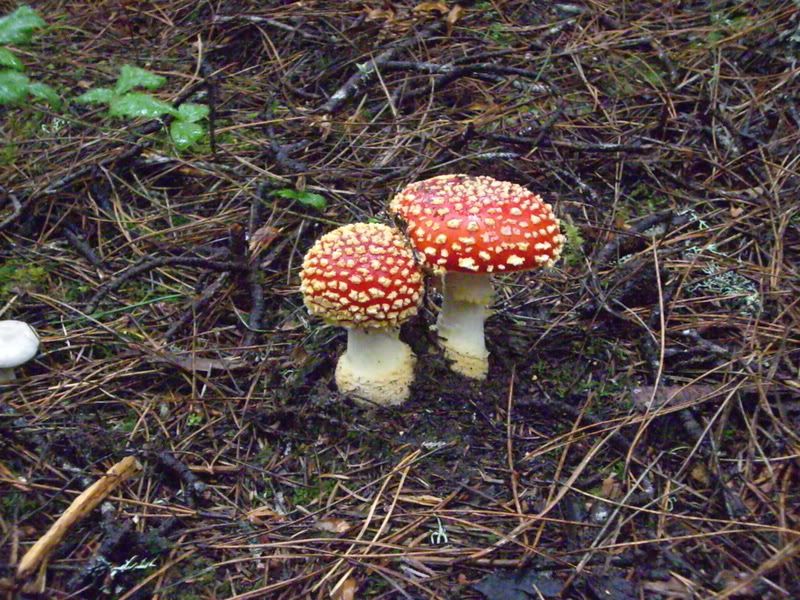Fall is in the air! Enjoy the change in season with some family fun filled activities:
Does anyone know about any Fall/Harvest Activities that are scheduled for the Blue Mountain Area?
Go Apple Picking Apple picking is a wonderful family day trip option for those looking to enjoy a fun outing. You'll find that most orchards offer much more than just apple-picking so look for an array of family activities such as guided tours and tractor or horse-drawn rides through the orchard. And, don't forget to sample (and purchase) yummy apple products such as cider, jellies, jams, pies and more! Click Here for A List of Upcoming Events at Apple Hill
Apple picking is a wonderful family day trip option for those looking to enjoy a fun outing. You'll find that most orchards offer much more than just apple-picking so look for an array of family activities such as guided tours and tractor or horse-drawn rides through the orchard. And, don't forget to sample (and purchase) yummy apple products such as cider, jellies, jams, pies and more! Click Here for A List of Upcoming Events at Apple Hill
Jump in the Leaves
If you have a yard full of leaves that need raking, there are plenty of ways to play away a fall day at home: jump in the leaves! Rake them into a huge stack and leap in!
Go for a Fall Hike
Fall is an ideal time for exploring. Discovering some of the hiking trails in and around your community is a great way to spend time together. The air is crisp and cool, the trails are dry and the fall foliage colors are simply breathtaking. Click Here for some trails in Calaveras County
Let the Community know about some of your favorite trails!
Make Your Own Halloween Costume
Before you know it, Halloween will be here! Have you figured out what your Halloween costume will be?
Visit a Farm
Farms are all about making fall memories. Look for some special activities such as losing yourself in a Corn Maze, picking out your favorite pumpkin in the Pumpkin Patch or going on a Hay Ride.
Collect Leaves
Fall is one of the most beautiful seasons of the year. Why not capture that beauty by collecting and preserving colored leaves. Make sure they are dry and flat, then press them between two sheets of newspaper. Place heavy books on top of the leaves and allow them to flatten and dry for 24 hours. Place your leaves in an album. Then, have fun going online or through reference books to identify them!
Decorate a Pumpkin
Go to your nearest farm or pumpkin patch and gather the pumpkins of your choice. Pumpkins are no longer just for spooky Halloween jack-o-lanterns. Find decorating ideas for your home that go way beyond traditional Halloween pumpkin carving - add gourds, squash, and dried corn!
Fall Treats
Make fall treats at home with the kids. Try a traditional favorite or a new experimental recipe. Fall is all about old-fashioned fudge, gingerbread, pumpkin bread or pie, candy apples, and hot apple cider. Click here for Fabulous Fall Treats.
What else do you enjoy doing in the fall? Feel free to post comments and pictures of your fun filled fall activities!
Happy Fall everyone!
